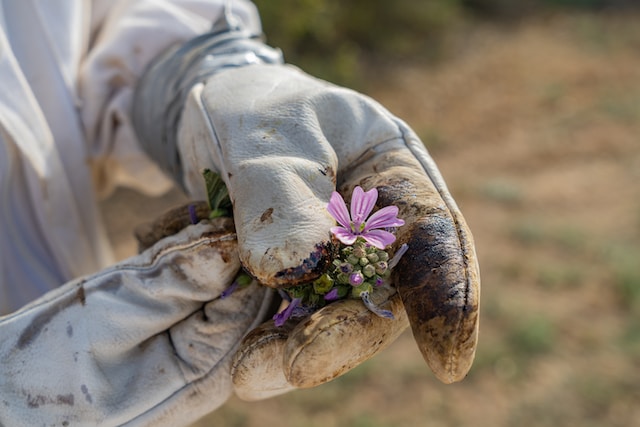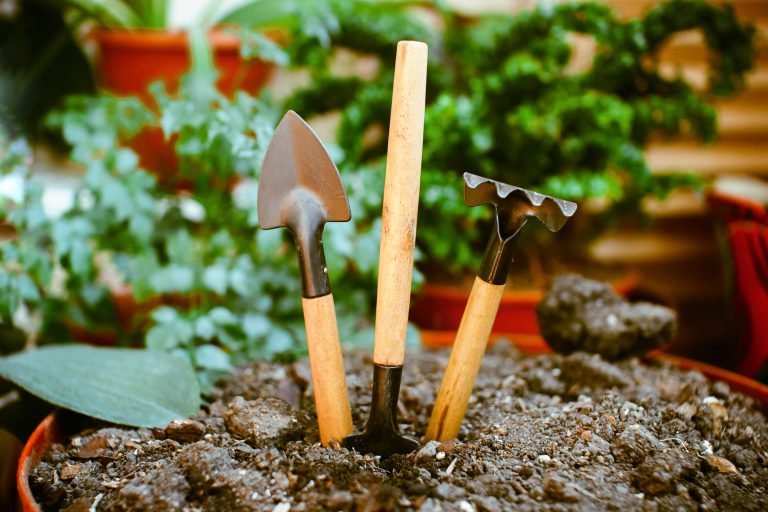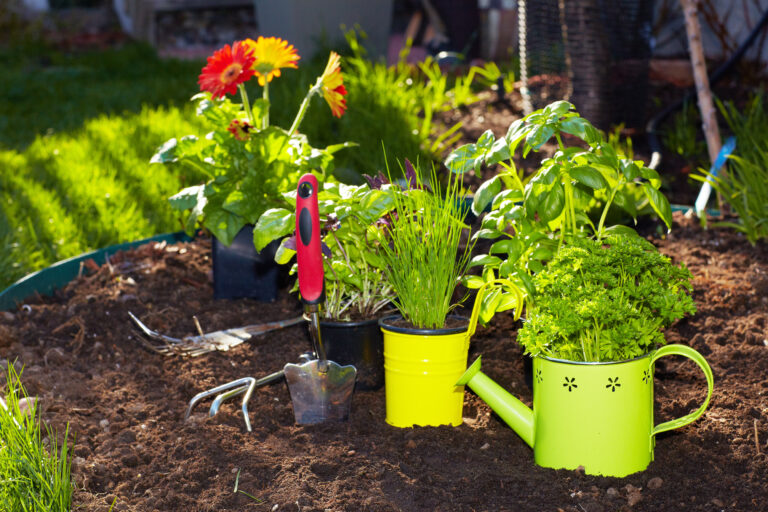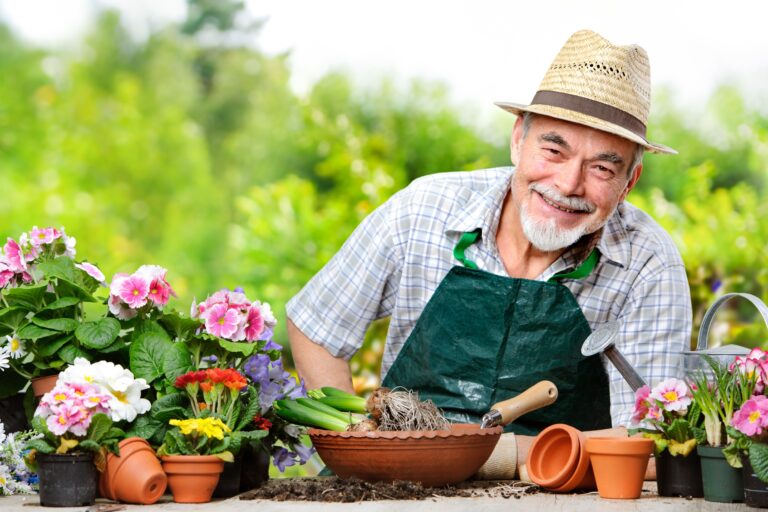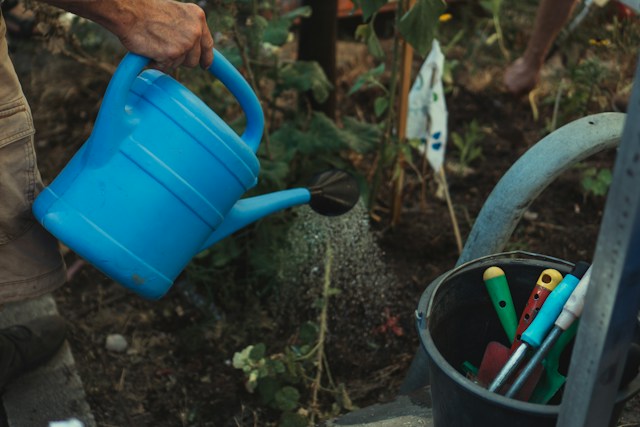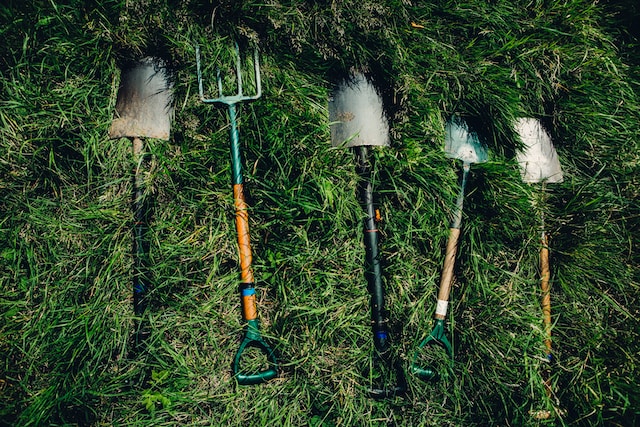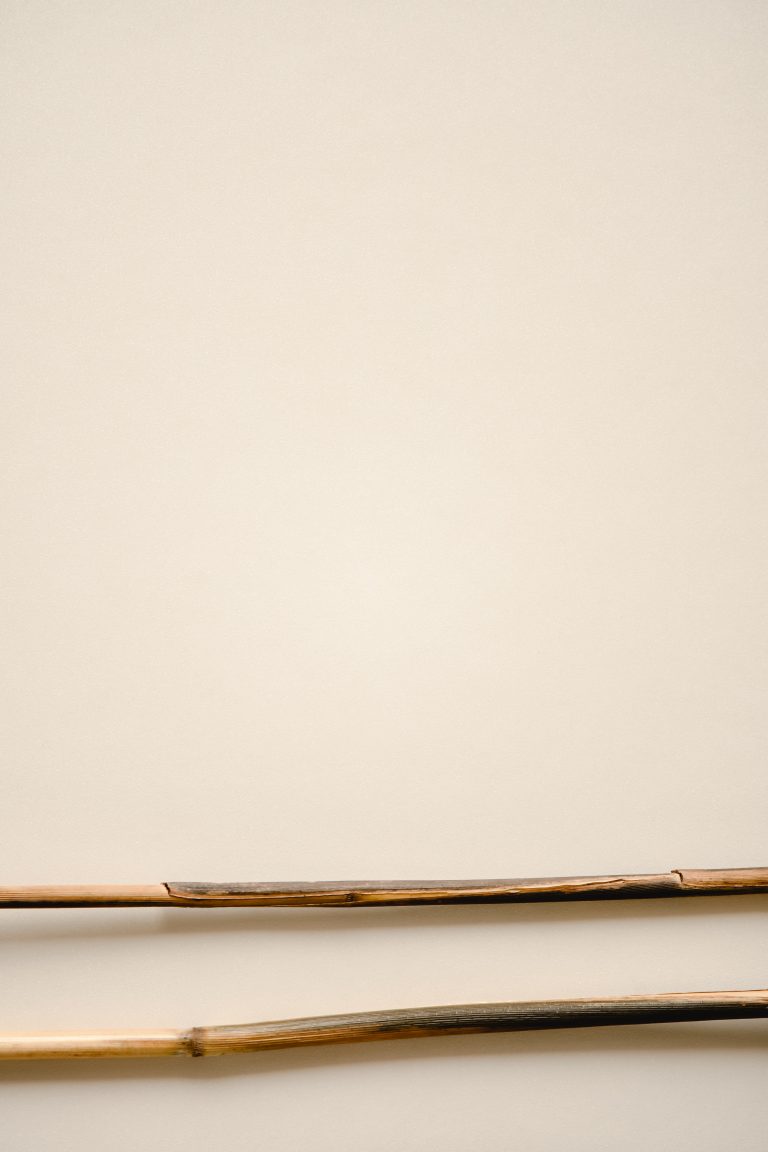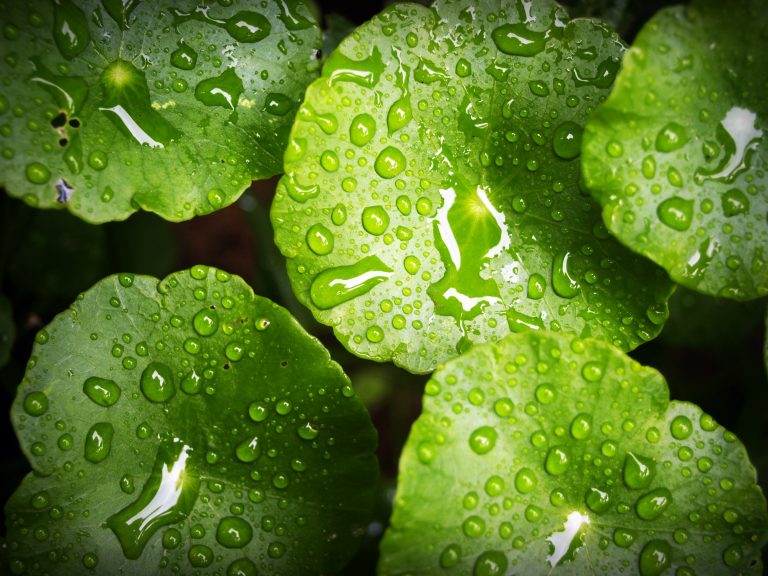Thorn-proof gardening gloves are an essential tool for any gardener who deals with prickly plants, thorny shrubs, or any potentially harmful vegetation. They provide protection against cuts, punctures, and scratches. Therefore, they allow you to work in the garden more safely and comfortably. They don’t have to be costly but you do want to…
garden tools
10 Garden Tools That You’ve Probably Never Heard Of
Gardening is a hobby that requires not only the proper skills but the right tools as well. From gloves and watering cans to pruning shears and soil testers, having the appropriate gear makes all the difference. But did you know that there are other garden tools that you’ve probably never encountered before? Check them out…
Gardening Gifts For First-Time Home Buyers
Buying a first home is an exciting milestone, and for many new homeowners, creating a beautiful garden is a top priority. Gardening not only enhances the aesthetic appeal of a home but also provides a relaxing and rewarding hobby. If you know someone who has recently purchased their first home, giving them gardening gifts can…
8 Of The Best Gardening Gifts For Your Green-Thumb Friends
Looking for the perfect gardening gifts for your friends with a green thumb? Whether they’re seasoned gardeners or just getting started, these thoughtful and practical gifts will help them nurture their passion for plants. From tools to accessories, these gardening gifts are sure to impress and inspire. 1. Personalized Garden Tools Set A personalized garden…
Top 10 Best Gardening Gifts for Every Green Thumb
Gardening enthusiasts always appreciate thoughtful gifts that enhance their passion. Whether it’s for a special occasion or just to show appreciation, the right gardening gift can make a significant difference. From practical tools to decorative items, there’s something for every green thumb. Here are the top 10 best gardening gifts that any gardener will cherish….
Gardening Supplies You Can Get at Dollar Tree
Have you been to your local Dollar Tree lately? If so, have you checked out their gardening supplies? If not, then you’re missing out. Dollar Tree gardening supplies are inexpensive and yet work just as well as pricier options that you might be elsewhere. You can get gardening basics like seeds, of course. You can…
Thrift Store Gardening: Finding Affordable Tools and Supplies
I am a huge fan of thrift stores. Mostly, I go for the clothes. I almost never buy clothing that isn’t either secondhand or handmade. But thrift stores also have tons of other things. My partner is terrific about shopping thrift stores and estate sales for everything from vintage coffee makers to new used furniture….
Frugal Ways To Clean and Disinfect Your Garden Tools
It’s spring and for many of us that’s a great reminder to do some spring cleaning. Cleaning isn’t just for the house, either; you should spring clean your garden. And, of course, you should clean and disinfect your garden tools throughout the year as well. Here are some of the most frugal ways that you…
Cheap Must-Have Tools For Frugal Gardeners
Gardening can get expensive if you let it. Personally, I’m not very big on DIY stuff for the garden. My chronic illness makes it difficult to spend too much time tinkering and toiling. Instead, I have to rely on cheap garden tools to make things work. It can take some time before you discover…
4 Smart Garden Devices That Save Time and Money
Manual work in the garden is sometimes gratifying, but over time the grind becomes tedious. Thankfully, there are a host of smart gardening products out there that can help save you time and money. Which smart garden devices are worth the investment? Here are my top 4 smart gadget recommendations for gardeners seeking to…
